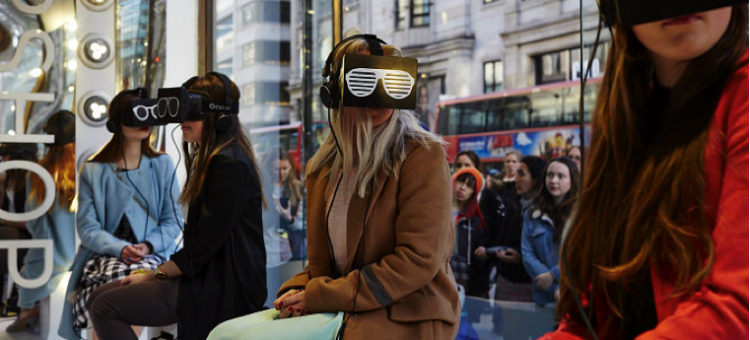The state of our environment is increasingly dominating global headlines and we are hearing continuous reports of the many and varied impacts the human race is having on the natural world. Just this week this Summer’s first severe heatwave has arrived in most European countries. And there is evidently a growing awareness and increasing effort being made to help lessen the blow of our carbon footprint, shown in the influence of the Extinction Rebellion and countries increasingly declaring a state of climate emergency.

We are also seeing an undeniable trend and desire to move to a more sustainable, environmentally-friendly world not only in our personal lives but in businesses too. An obvious example of this is the numerous food service organisations, including the likes of McDonald’s, Nandos and Wagamama, which have banned the use of plastic straws in their restaurants and Waitrose and Marks and Spencer trialling recycling and packaging reduction initiatives. Thankfully, calls are now being made for production of single use plastics to stop, hitting the problem at the source rather than treating the symptom.
Many of these systemic movements and changes are being assisted by technology. In the office environment, technology now allows us to run virtual meetings and partake in mobile working, cutting emissions and reducing our daily carbon footprint. We can now create biodegradable products at almost mass scale, reducing waste and decreasing the number of harmful chemicals that pollute the air when producing plastic. In our homes, new technologies are tackling some of the biggest producers of emissions (electricity and heating) with eco-friendly tools and renewable energy technologies including heat source pumps, solar and wind. Additionally, smart technology is teaching us to be more efficient with our energy, and it’s the same in our offices, too.
Another way in which technology is supporting and driving environmental change is through the development of AI, satellite data, drones, remote sensing and thermal imaging. These applications are being used in environmental experiments to allow scientists to monitor and make accurate and informed decisions, in order to develop new and effective strategies to help care for the environment better.
Technology has also had a huge role to play in spreading awareness of environmental issues. TV/broadcasting and social media are incredibly powerful platforms that are allowing us to share news, reports and live footage from all over the world – including those areas most vulnerable to global warming and plastic pollution, from oceans to secluded frozen landscapes. In turn, this growth of awareness is influencing people’s choices and is prompting many to make lifestyle changes, whether this be reducing their waste, using shared public transport or sourcing more local food produce. It is also encouraging businesses to go green by banning plastic use, installing water re-fill stations in cities and implementing cycle to work schemes.
There is no doubt that we will continue to see new developments in support of the race to halt the negative effects on the planet that we’re already experiencing, so what does the future look like for green technology in our everyday lives? We are certainly likely to see more smart city solutions and transport methods evolve – as an example last month Transport for London announced some buses would be powered by hydrogen in 2020 – and it’s not too hard to picture an all-virtual business world either. While we may never reverse the effects of climate change, technology is certainly giving us a good opportunity to assist in the rescue and restoration of our planet.


